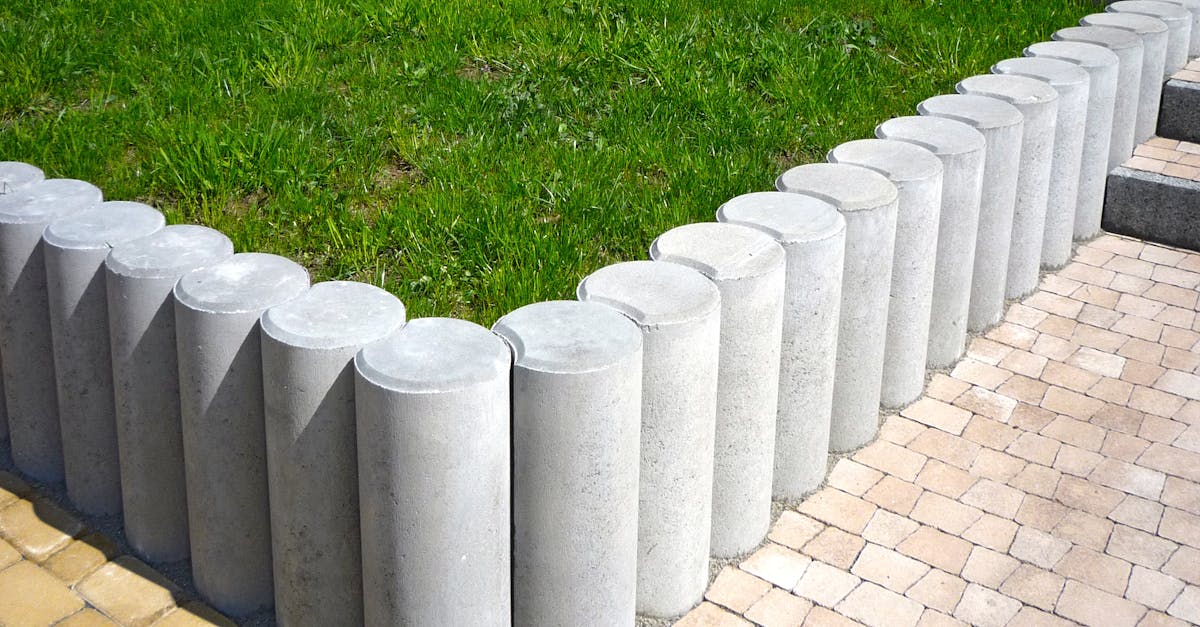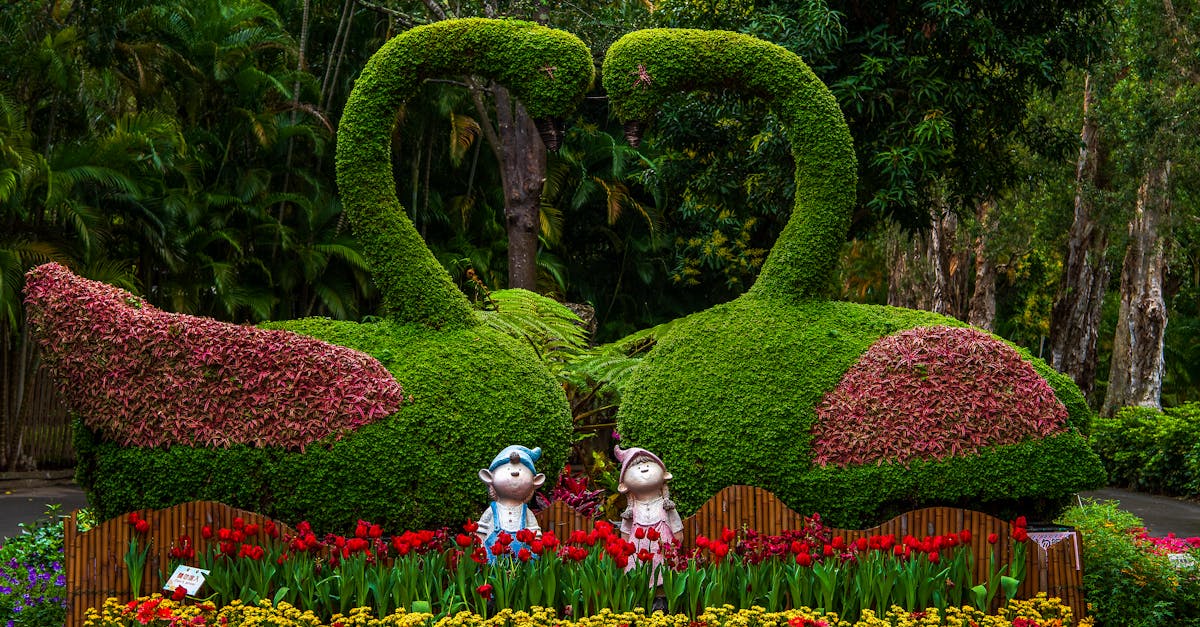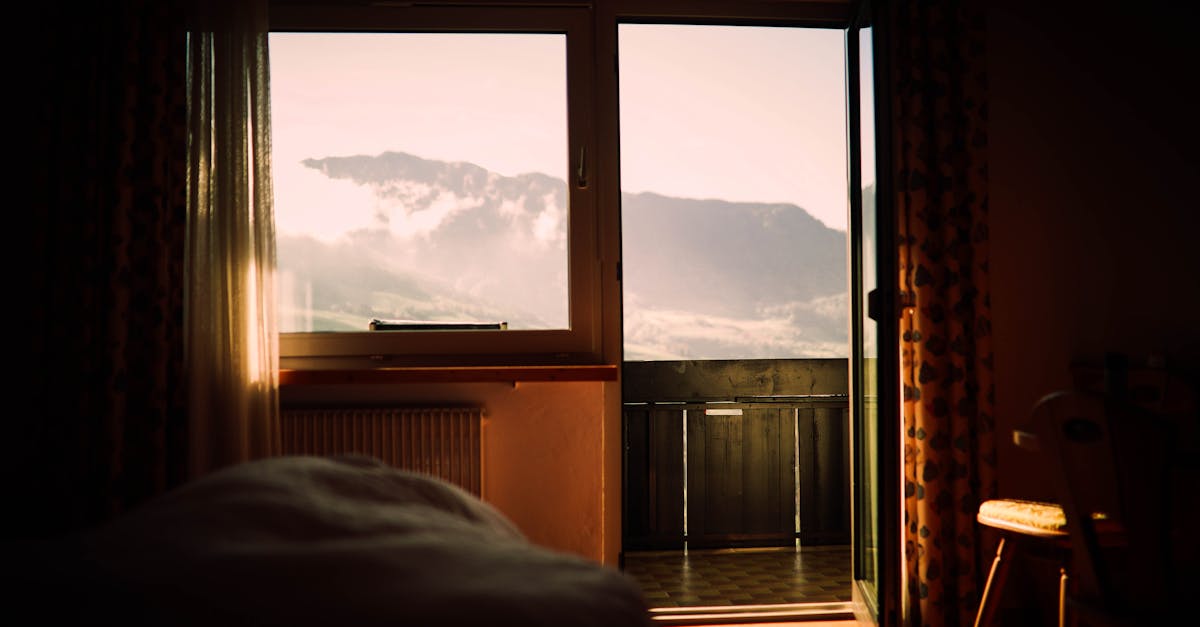
Plant Installation
Table Of Contents
At Brad Fordassocri, we specialize in providing top-notch plant installation services for our clients. Our team of expert landscape designers works closely with you to transform your outdoor space into a beautiful and lush environment. Whether you're looking to enhance your garden, patio, or commercial property, we have the knowledge and expertise to select and plant the perfect flora to suit your needs. From seasonal blooms to perennial shrubs, we carefully consider factors such as soil conditions, sunlight exposure, and maintenance requirements to ensure that your plants thrive in their new home. Trust Brad Fordassocri to bring life and colour to your outdoor space with our professional plant installation services.
Maximizing Plant Installation Services
Maximizing plant installation services requires a comprehensive understanding of the landscape design process. When selecting plants for installation, it is essential to consider factors such as the soil quality, drainage, sunlight exposure, and climate conditions of the region. By carefully assessing these elements, landscape designers can choose plant varieties that will thrive in the specific environment, ensuring long-term growth and sustainability.
Apart from selecting the right plants, another crucial aspect of maximizing plant installation services is proper planting techniques. This includes digging appropriate planting holes, placing the root ball correctly, and using high-quality soil and mulch to promote healthy root development. By paying close attention to these details, landscape designers can enhance the overall aesthetic appeal of outdoor spaces, whether it be residential yards, commercial properties, or public greenspaces.
Utilizing Fiberglass Planters for Durability
When it comes to enhancing the longevity and durability of your plant installation, utilizing fiberglass planters can offer significant advantages. Fiberglass planters are known for their strength and resilience, making them ideal for withstanding various weather conditions and outdoor elements. These planters are lightweight, which makes them easier to move and rearrange as needed within your landscaping design, providing flexibility and convenience.
Additionally, fiberglass planters are available in a wide range of styles, sizes, and colours, allowing for creative and customized plant installations to suit your aesthetic preferences. Unlike traditional materials like ceramic or clay, fiberglass planters are less prone to cracking or fading over time, ensuring that your landscaping design maintains its visual appeal for years to come. By incorporating fiberglass planters into your plant installation, you can create a beautiful and enduring outdoor space that complements your property's overall landscape design seamlessly.
Landscaping with Trees
When including trees in a landscaping project, it is crucial to pay close attention to the site analysis before planting. Understanding the soil type, drainage patterns, light exposure, and space availability is essential to ensure the trees thrive in their new environment. Aeration of the soil, suitable amendments like peat moss or compost, and proper spacing between trees are key factors to consider for healthy plant growth. Additionally, selecting tree species that are well-suited for the local climate and can withstand temperature fluctuations is vital for long-term sustainability and minimal maintenance.
Digging proper planting holes and placing the tree's root ball correctly are significant steps in ensuring the tree establishes well in its new location. The hole should be two to three times wider than the root ball but no deeper than the root flare to prevent issues like root rot. Backfilling with a mixture of the excavated soil and organic matter like compost helps to support the tree's growth and establishment. Adequate mulching around the base of the tree helps retain moisture, regulate soil temperatures, and reduce weed competition, promoting overall tree health and development.
Digging Proper Planting Holes and Root Ball Placement
When it comes to planting trees and landscape plants, proper hole digging and root ball placement are crucial for ensuring optimal growth and health of the plants. The hole should be dug at least twice the width of the root ball to provide ample space for the roots to spread out. This allows for better anchorage, water absorption, and nutrient uptake. Additionally, it is essential to ensure that the sides of the hole are roughened or scored to prevent the roots from circling the hole, which can lead to root girdling and poor growth in the long run.
As you set the root ball in the planting hole, it's important to position the plant so that the top of the root ball sits slightly above the soil level. This helps prevent issues such as root rot and waterlogging, which can occur when the plant is buried too deeply. Gently backfill the hole with a mixture of native soil and organic matter, ensuring that there are no air pockets around the roots. Tamp down the soil lightly as you go to remove any air gaps and provide stability for the newly planted tree or shrub. Lastly, water the plant thoroughly to help settle the soil and encourage root establishment.
Enhancing Indoor Spaces with Plants
Enhancing indoor spaces with plants can significantly impact the atmosphere and overall aesthetic appeal of a room. When designing indoor plant layouts, it is crucial to consider factors such as lighting, temperature, and humidity to ensure the plants thrive and enhance the space. Choosing the right plants that are well-suited for indoor environments and complement the existing decor can create a harmonious and welcoming environment for residents or visitors.
Incorporating potted plants or hanging planters can also add a touch of nature to indoor spaces, bringing a sense of calmness and tranquillity. Indoor plants not only serve as decorative elements but also contribute to improving air quality by absorbing carbon dioxide and releasing oxygen. Designing indoor plant layouts thoughtfully and strategically can transform a plain room into a lush and inviting oasis, promoting a healthier and more vibrant living or working space.
Designing Indoor Plant Layouts for Aesthetic Appeal
When it comes to designing indoor plant layouts for aesthetic appeal, there are several key factors to consider in order to create a visually pleasing and harmonious space. First and foremost, it is essential to assess the available space and natural light conditions in the room. Understanding the layout of the room will help in determining the types of plants that will thrive in that environment. Plants that require a lot of sunlight should be placed near windows, while low-light plants can be positioned in darker corners or areas with less direct sunlight.
In addition to considering light conditions, it is important to think about the overall design of the space when arranging indoor plants. Mixing and matching different plant types and sizes can create a dynamic and interesting visual display. Grouping plants together in clusters or placing them at varying heights can add depth and dimension to the layout. Furthermore, incorporating plants with different leaf shapes, textures, and colours can create visual interest and help to break up the monotony of a room. By carefully planning and arranging indoor plants with aesthetics in mind, you can transform any space into a vibrant and inviting environment that enhances the overall decor of your home or office.
FAQS
What are the benefits of utilizing fiberglass planters for plant installation?
Fiberglass planters are durable and weather-resistant, making them ideal for long-term use in outdoor settings.
How can I ensure proper root ball placement when planting trees?
When planting trees, ensure the root ball is placed at the same level as the surrounding soil to promote healthy root growth.
How can indoor plant layouts enhance the aesthetic appeal of a space?
Indoor plant layouts can add a touch of nature, improve air quality, and create a visually pleasing environment for occupants.
What are some best practices for landscaping with trees?
When landscaping with trees, consider factors such as mature tree size, soil conditions, and sun exposure to ensure optimal growth and longevity.
What factors should be considered when designing indoor plant layouts?
When designing indoor plant layouts, consider factors such as light levels, humidity, and space constraints to select plants that thrive in indoor environments.






